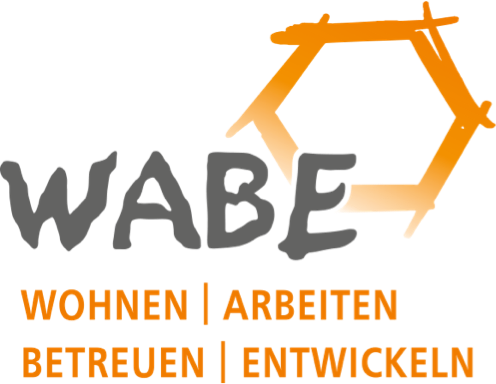Self-directed motor development
The internationally recognised principles of the educational approaches developed by Pikler and Hengstenberg provide a solid foundation for the motor, emotional and cognitive development of children during their time at the WABE daycare centers. The rooms for (freedom of) movement support and promote the natural motor and personality development of the individual child through a well-established concept. A stimulating environment is the basis in all WABE daycare centers, enabling every child to progress and develop at their own pace.
The rooms furnished with Pikler materials and Hengstenberg movement equipment is standard in our daycare centers. Our teachers prepare the rooms based on the ideas of Hengstenberg and Pikler and accompany the children on their journey to explore and discover their own physicality, as they move around barefoot. The children transfer their experiences into their everyday life: How do I handle shaky situations? What can I accomplish? If I have taken on too much, I can go back. I know that I can take my time with anything I do.
In addition, the motor development centers in our daycare facilities provide a variety of opportunities that facilitate the motor skills of our children.
Motor development based on Emmi Pikler`s approach (nursery area)
The Hungarian paediatrician Emmi Pikler (1902-1984) revolutionised infant and toddler education. With her findings that a child’s personality develops best if he or she is allowed to be as independent as possible in shaping his or her own motor development, she made a major contribution to the shift in awareness in the work with infants and toddlers. Respecting the child’s own initiative and supporting and encouraging his or her independence and self-reliance is one of the four principles of the Pikler approach. The basis is care and loving attention as well as communication with the child. The focus is on the development of motor skills in line with the child’s own initiative, without any guiding and accelerating intervention by the adult. The third aspect is uninterrupted free play, which the child can pursue in the protected space in order to develop self-confidence, dexterity, endurance and perseverance.
Motor development based on Elfriede Hengstenberg`s approach (elementary area)
Elfriede Hengstenberg (1892-1992), a physical education teacher, worked with children in Berlin and developed movement materials for the room that were inspired by nature. Her goal was to enable children, by giving them access to various combinable materials and movable components, to independently discover, explore, develop and enhance their motor skills while having fun. The movement landscapes invite children to climb, balance, jump, slide and crawl, and allow children to develop their skills and enjoyment of physical activity in their own way and at their own pace.
